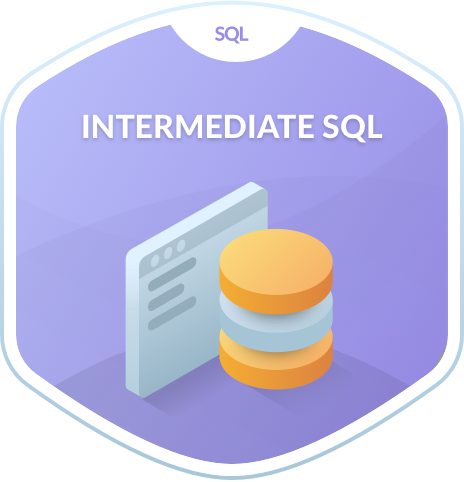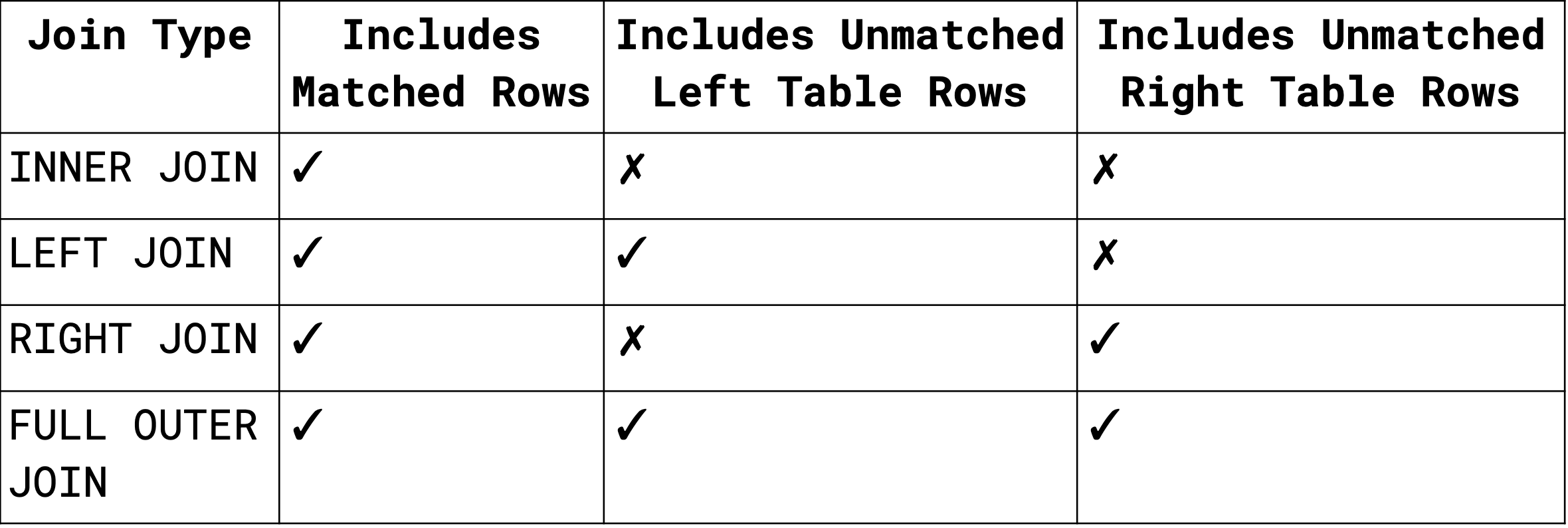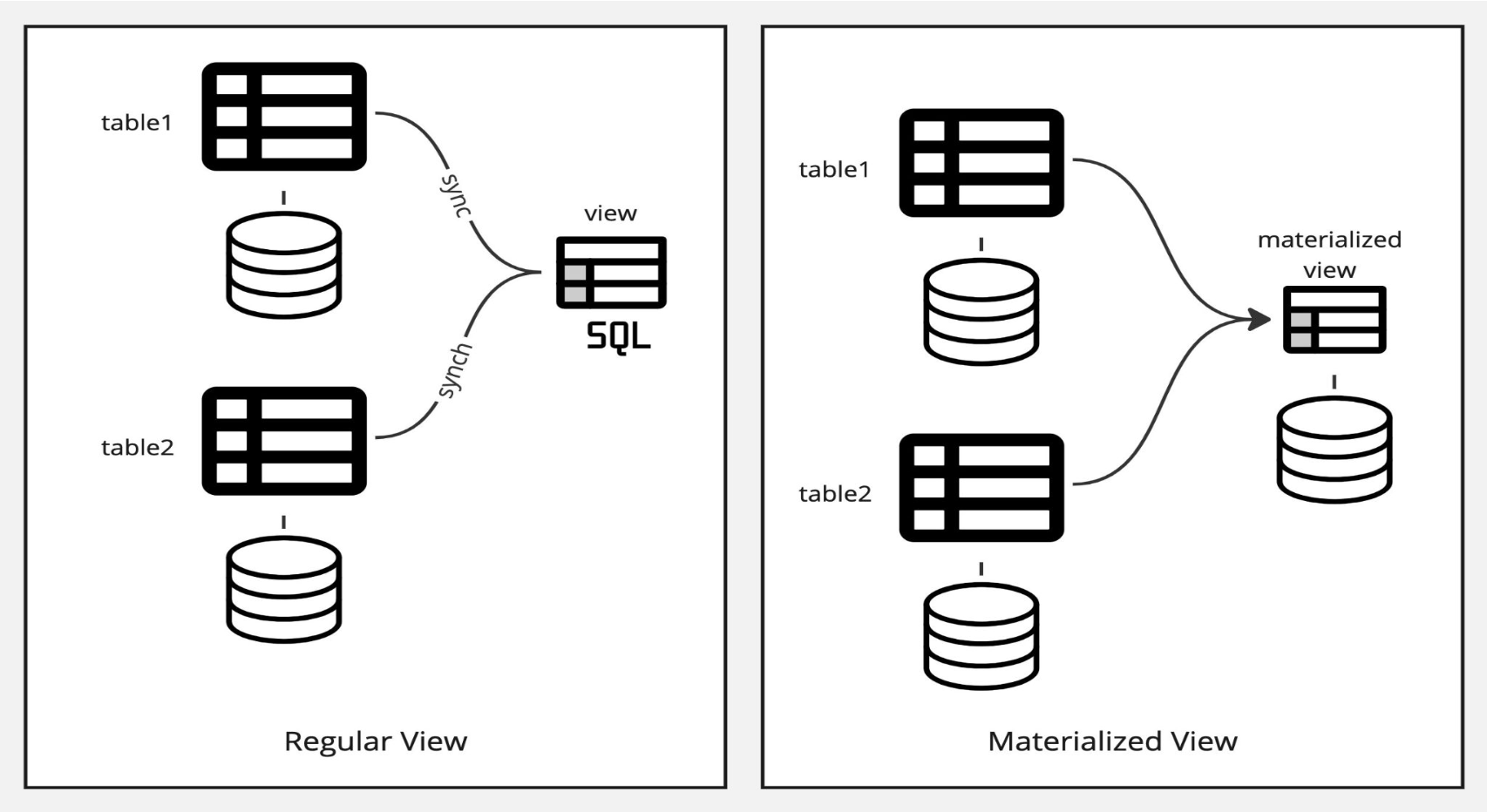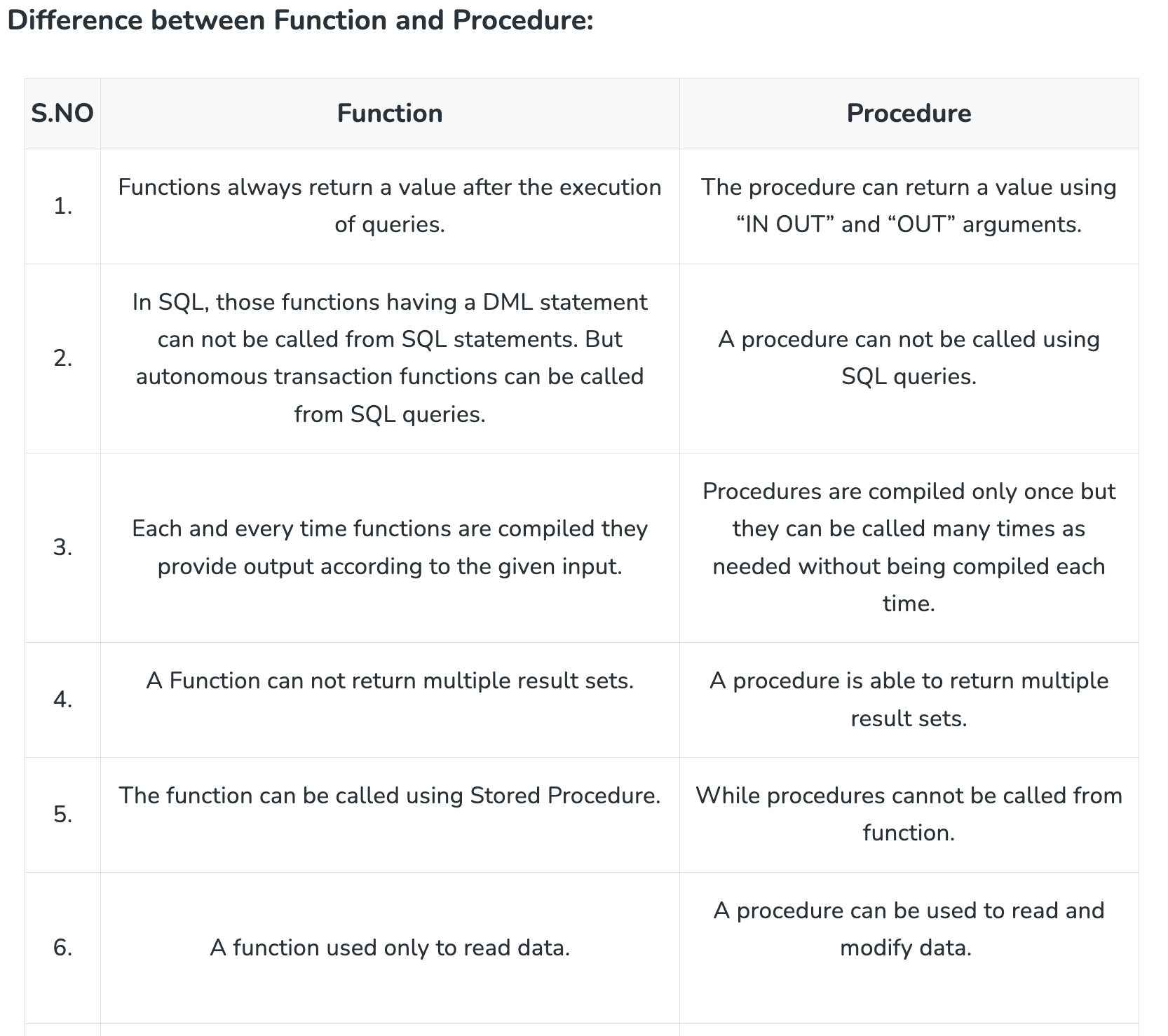
Unit 4- Intermediate and Advanced SQL
My Initial Understanding of SQL
Before diving into this unit, I had a basic understanding of SQL—I knew how to use SELECT, INSERT, UPDATE, and DELETE, and I thought that was most of what SQL could do. I didn’t realize how much more powerful SQL becomes when we start using advanced features like joins, views, and stored procedures.
How My Perspective Has Changed
This unit opened my eyes to the depth and capabilities of SQL. It’s not just a query language; it’s a complete toolkit for managing data, ensuring consistency, and automating behavior in relational databases. Below are the main concepts that expanded my knowledge:
4.1 Join Expressions
I learned that joins are essential for combining data from multiple tables. Beyond the basic INNER JOIN, there are LEFT, RIGHT, and FULL OUTER joins that help retrieve unmatched rows. JOINs allow complex relationships to be explored in a single query, making SQL incredibly flexible.

4.2 Views
Views act like virtual tables based on SQL queries. They help simplify complex queries, provide abstraction, and improve security by exposing only selected columns of a table to certain users.

4.3 Transactions
Transactions bundle a sequence of operations into a single unit, ensuring consistency. The ACID properties (Atomicity, Consistency, Isolation, Durability) guarantee that the database remains accurate even in the event of errors or failures.
4.4 Integrity Constraints
These are rules applied to table columns to maintain valid and consistent data. Constraints like PRIMARY KEY, FOREIGN KEY, UNIQUE, CHECK, and NOT NULL enforce data integrity at the schema level.
4.5 SQL Data Types and Schemas
I learned that choosing the right data types (e.g., VARCHAR, INT, DATE, DECIMAL) improves performance and accuracy. A schema defines the structure and organization of the database, helping maintain clarity as systems scale.
4.6 Index Definition in SQL
Indexes improve the speed of data retrieval. Creating indexes on frequently searched columns can drastically enhance query performance, although they do come with a cost during insertions and updates.
4.7 Authorization
SQL provides fine-grained control over who can access or modify data. Using GRANT and REVOKE commands, I can assign permissions to users or roles, ensuring data privacy and security.
4.8 Accessing SQL from a Programming Language
I explored how SQL can be used within programming environments like Python, Java, or PHP. Libraries like sqlite3 or JDBC allow us to connect to databases, execute queries, and handle results dynamically in an application.
4.9 Functions and Stored Procedures
These allow us to write reusable blocks of code inside the database. Functions return values, while stored procedures can perform multiple actions. They help reduce redundancy and keep business logic closer to the data.

4.10 Triggers
Triggers are automated responses to certain events (like INSERT, UPDATE, DELETE) on a table. They are useful for enforcing business rules and maintaining audit trails.
4.11 Recursive Queries
Using techniques like Common Table Expressions (CTEs), I learned how SQL can perform recursion to handle hierarchical data (e.g., employee-manager relationships or folder structures).
4.12 Advanced Aggregation Features
SQL supports advanced aggregation like GROUP BY, HAVING, ROLLUP, and CUBE. These are powerful for generating complex reports and summaries, especially in business intelligence.
Key Takeaways from the Unit
- JOINs help build relationships across tables.
- Views and indexes provide abstraction and performance boosts.
- Transactions and constraints ensure data reliability.
- Stored procedures and triggers bring logic closer to the data layer.
- SQL integrates smoothly with programming languages for dynamic applications.
What I Learned and Why It Matters
Understanding these intermediate and advanced SQL features has made me realize how essential they are in real-world applications. They ensure systems are robust, maintainable, and secure. Whether building a web app, a banking system, or a reporting dashboard—these concepts are the backbone of reliable data management.
Personal Growth and Reflection
This unit challenged me to think more like a database designer and less like a casual SQL user. I now appreciate the elegance of well-designed schemas, the value of constraints, and the importance of automation and optimization in database management. It’s motivating to know that I’m learning skills used by professionals in real-world applications.
Conclusion
This unit was a deep dive into the real power of SQL. I now see SQL as not just a querying tool, but a full-fledged language for data manipulation, automation, and integrity enforcement. From managing transactions to writing stored procedures and creating triggers, I feel more confident in designing and managing complex database systems.